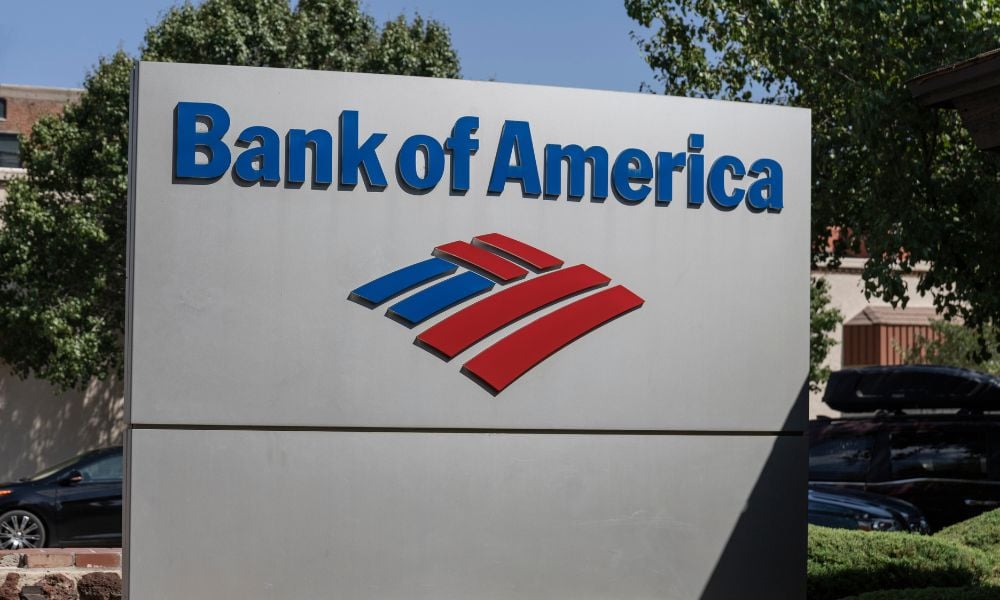Portfolio managers explain the tailwinds behind the launch of dedicated climate change fund

Dynamic Funds’ investment management team has long recognized that environmental, social and governance (ESG) issues are a key component of delivering long-term value to investors – and these considerations are integrated throughout the investment process. Climate change is a prominent ESG theme – and two major tailwinds have propelled the launch of a new dedicated fund to capitalize on resulting investment opportunities.
Dynamic Energy Evolution Fund invests in companies supporting the global transition to renewable energy on both a residential and commercial scale. The actively managed portfolio is diversified across industries that are enabling the evolution of the energy sector towards net zero carbon.
Jennifer Stevenson, VP & Portfolio Manager, told WP the renewable energy space has come into its own as far as possessing standalone businesses that meet its criteria as fundamentals-led, conservative investors. There is now a healthy universe of companies that display legitimate growth, definite sustainable business plan, profitability and value creation.
This growth has been compounded by the pandemic, which has prompted more support from a public that’s now more attuned to health issues. Add in 2020’s severe weather events and climate change has been pushed into government policy.
Stevenson said: “People are like, ‘wow, what can we do? We need to fix this. We need to address this.’ Public support leads to government policy and that gives us fiscal stimulus that is geared towards investment in the renewable sector.
“On top of that, we actually have a sector that is genuinely a bona fide strong investment case. We added two tailwinds to a sector that we already liked, so the timing became really opportune.”
Stevenson, along with VP & Portfolio Manager Frank Latshaw, bucketed the fund into three broad categories. The first consists of renewable power developers and operators. Latshaw said it represents the ballast part of the fund and about a third of the exposure, featuring companies that Dynamic has held for a long time. They possess track records with large-scale businesses, contracted cash flows, are inflation protected and have decent growth potential.
The second bucket is an area they have coined “Emerging Solutions”. These include areas like hydrogen, fuel cells, batteries, rooftop solar installers, inverter companies, and some biofuel entities. It also includes some wind turbine and solar panel manufacturers.
Latshaw said: “It’s more of the growth part of the fund. When we put our equity income team filter on these companies, we whittled down the universe into only those that have proven business models, a bit of a history behind them and have customers, contracts, revenues, and cash flows.
“We’re not investing in things that are totally speculative or business ideas that aren't beyond the conceptual stage – the science and economics now are certainly supporting these companies.”
The fund’s third bucket – about 10-15% – is a look at “new energy innovators”, which features rare earth mining companies, and lithium businesses, for example. It also includes companies that provide financing for niche renewable power projects.
“We have investments in rare earths and lithium,” Stevenson said, “but you can't make the batteries without financing companies. These companies are financing in a niche market that is too small for the Brookfields of the world. That’s exactly our core market. Are they generating the power? No. Are they generating the capital to make the power? Yes.”
The fund’s mandate is clear: it does not invest in companies that are simply becoming more ESG friendly but is firmly focused on renewable energy and clean energy solutions, which in turn will enable other businesses in other sectors to be able to become more ESG compliant.
The fund fits the CFA definition of an ESG thematic product but Stevenson said in the initial selection of core companies, business criteria was paramount. When they were run through the risk system, which uses MSCI components, they came back with a high ESG rank; an impressive synergy with their business fundamentals.
For those advisors who remain skeptical about the investment merits of ESG approaches, Latshaw was unequivocal.
He said: “I'm assuming they care about making money, though? I think that's where all of our interests intersect. We only screened companies that have proven business models and can actually make good returns. We're not using ESG metrics as our primary screening mechanism; we're using business fundamentals.
“I would also, though, be cautious to dismiss ESG as being a meaningful economic variable because what we're seeing with some of the companies in the clean renewable high-ESG scoring space is their cost of capital is actually going down because of that.
“There are real economic implications for having businesses and business models that rank well on an ESG basis, so their cost of capital is going down at the same time growth opportunities are going up. That's a very powerful mix of good upside potential going forward for a stock.”
Stevenson has extensive energy industry experience and has been active in the sector for nearly three decades. Through her work, she’s seen how renewable energy projects have been buried in hydrocarbon companies for years. Now, though, these business units are making money and contributing to the EBITDA (earnings before interest, taxes, depreciation and amortization), a metric that measures a company’s overall financial performance.
Latshaw, meanwhile, has been analysing renewable power developers and operators since joining Dynamic in 2011 and its’s been a core part of Dynamic Global Infrastructure Fund, which is the area where the bulk of his experience lies. He said the new fund can help advisors provide clients with a genuine long-term solution.
“Climate change isn’t a problem that we can change overnight,” he said. “At the same time, you're getting the smartest minds and a lot of capital being directed towards solving some of these problems. What we've seen in the renewable energy space over the past 10 years was something that went from not being feasible economically to something that is mainstream and cost competitive, simply because you've got government support, R&D, smart folks and a lot of money driving the cost down and finding good solutions.”
Stevenson added the fund is a chance for people to facilitate getting to net zero carbon and making a positive contribution to climate change through a comprehensive investment approach.
“This is a way to participate in this theme, which is top of mind and important to people, with some government tailwinds and our whole quality overlay.”



